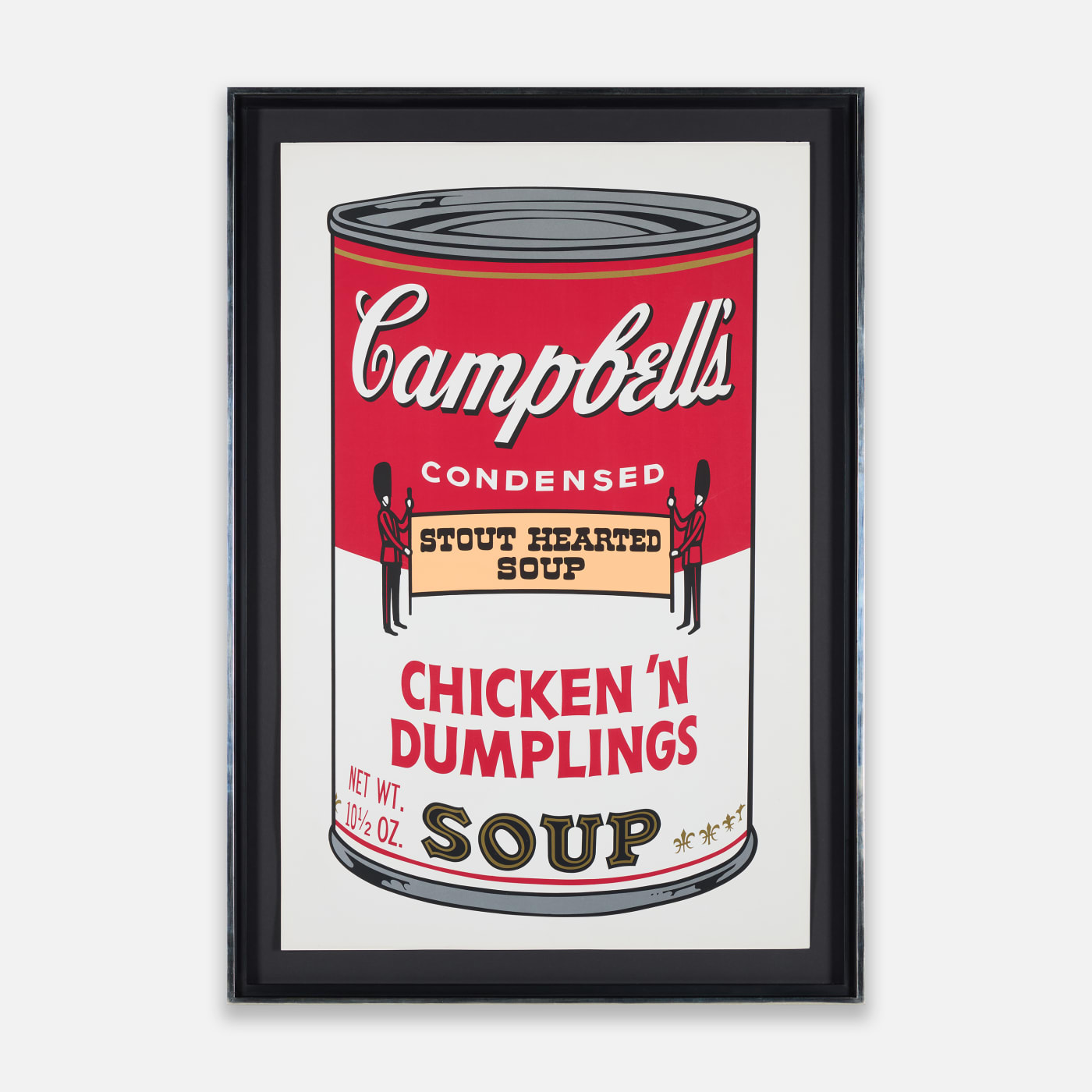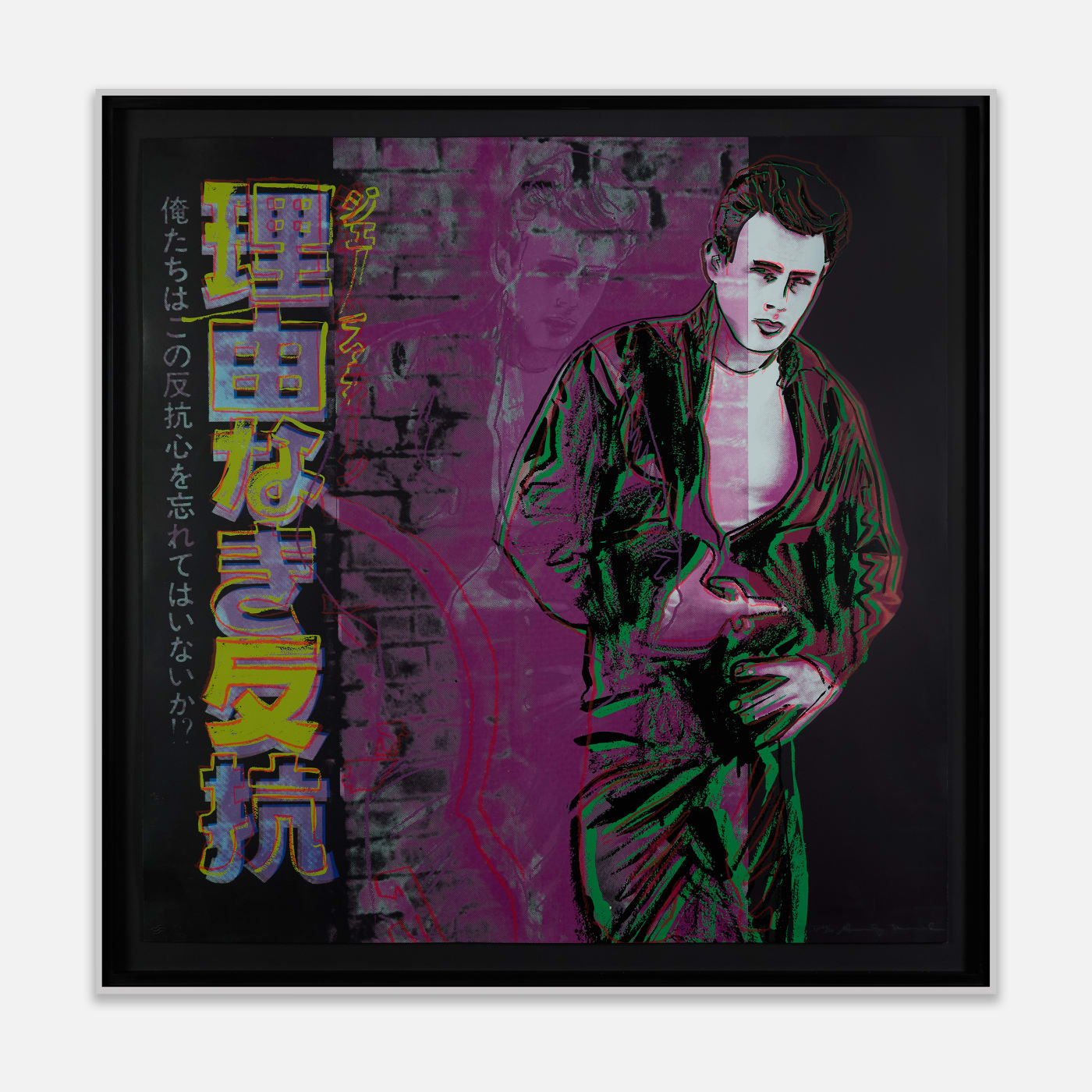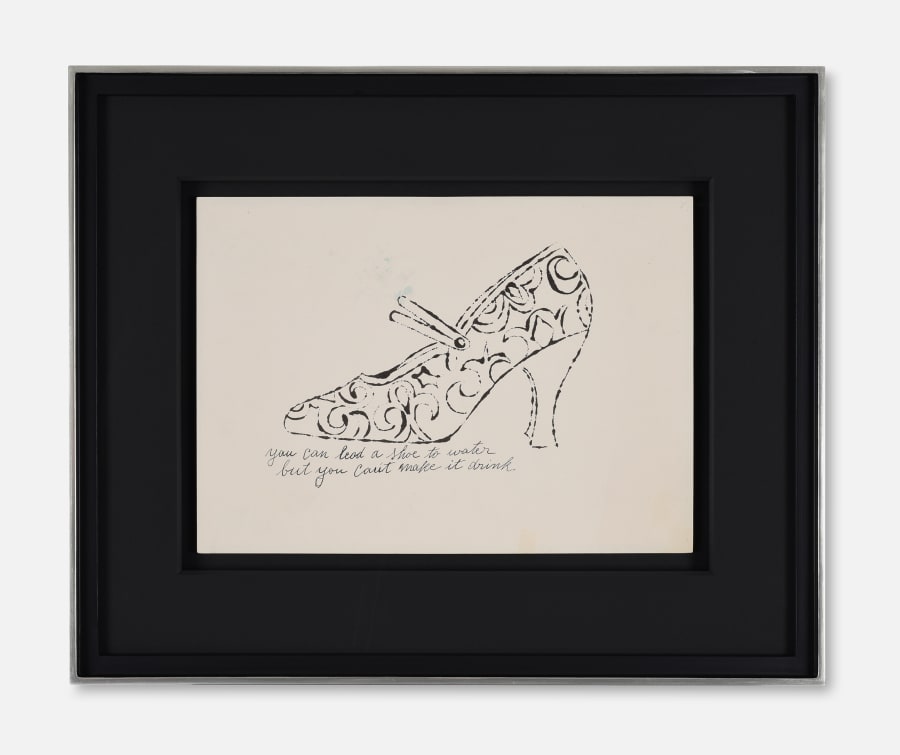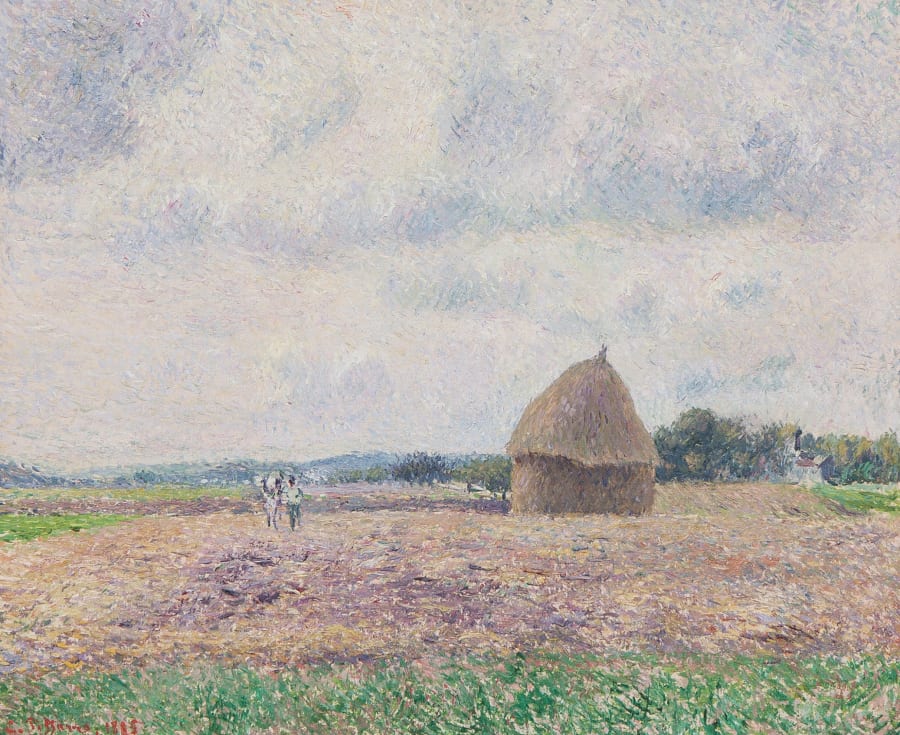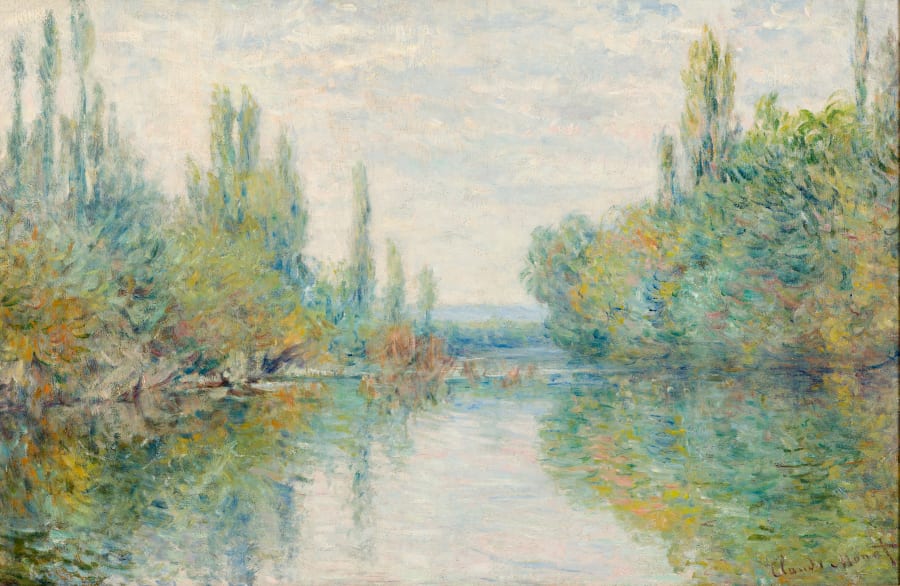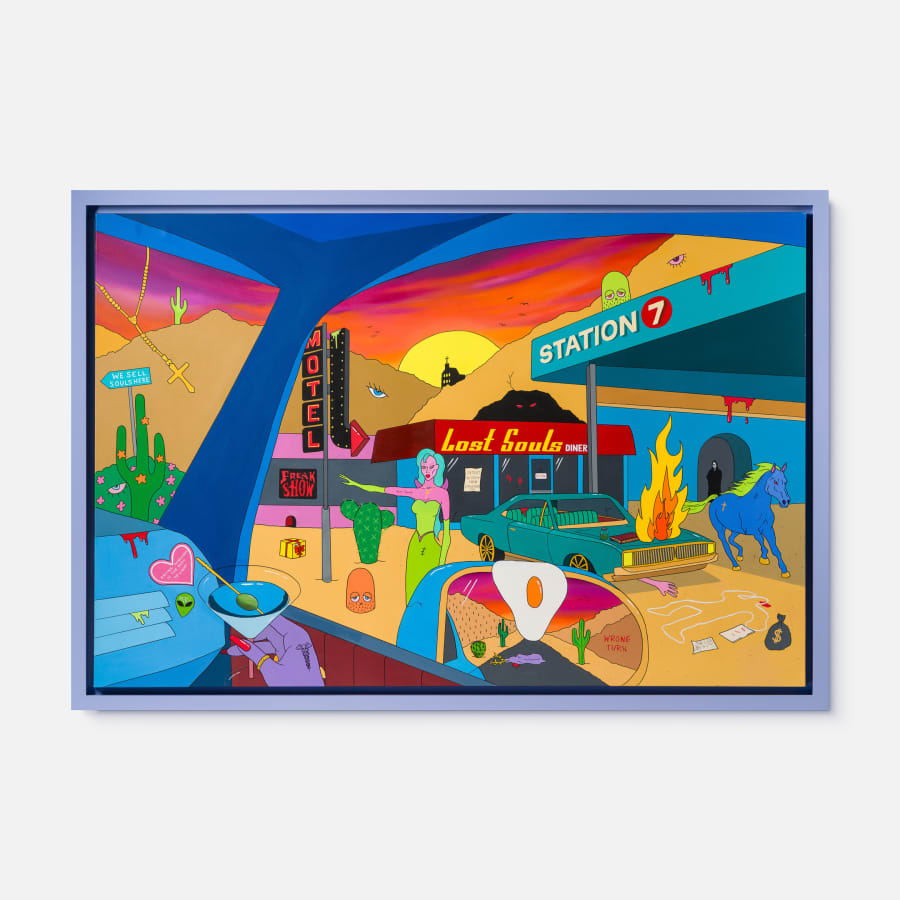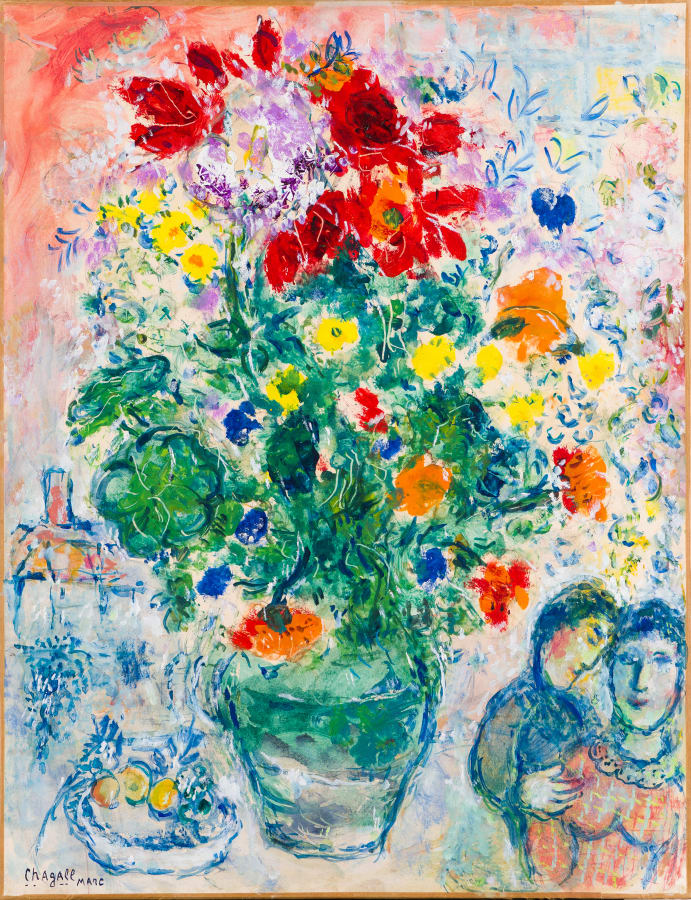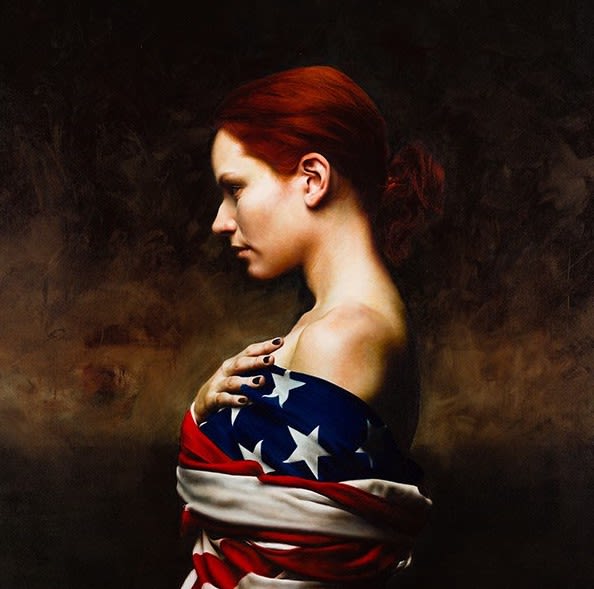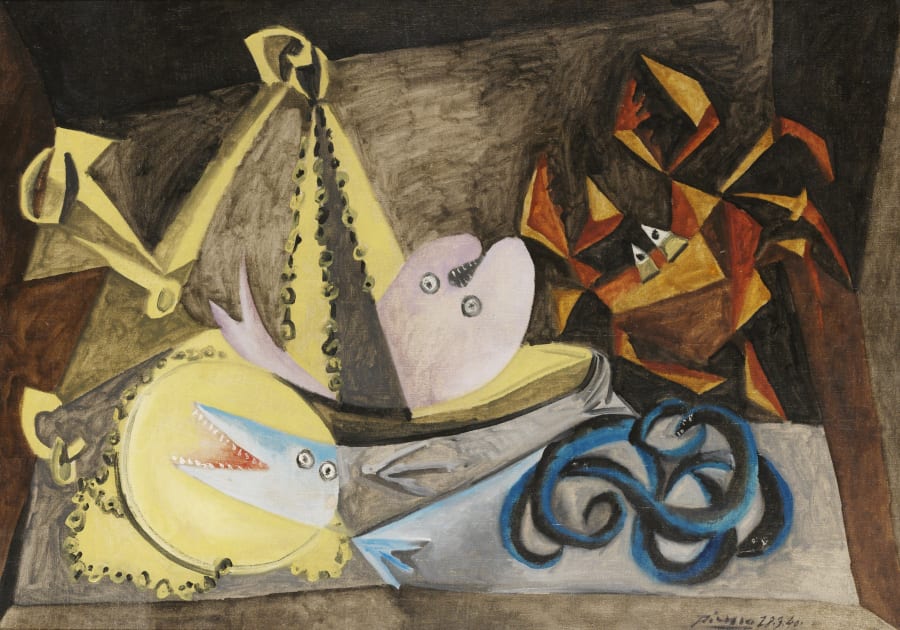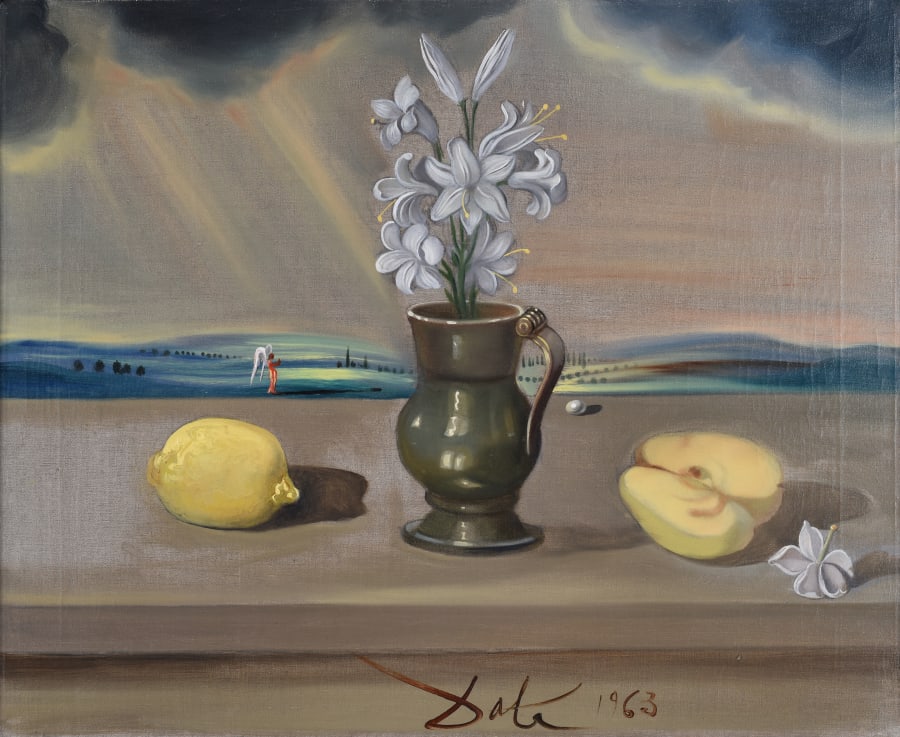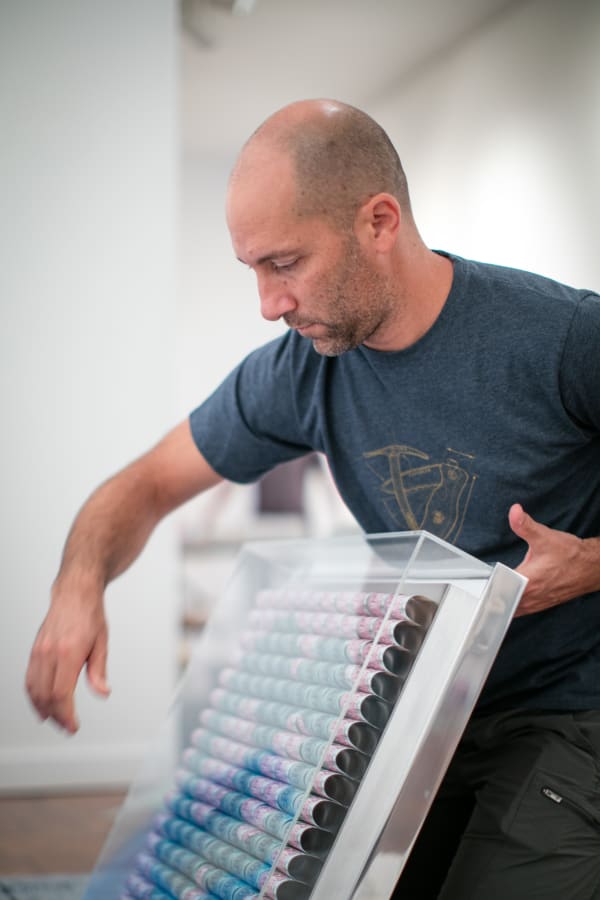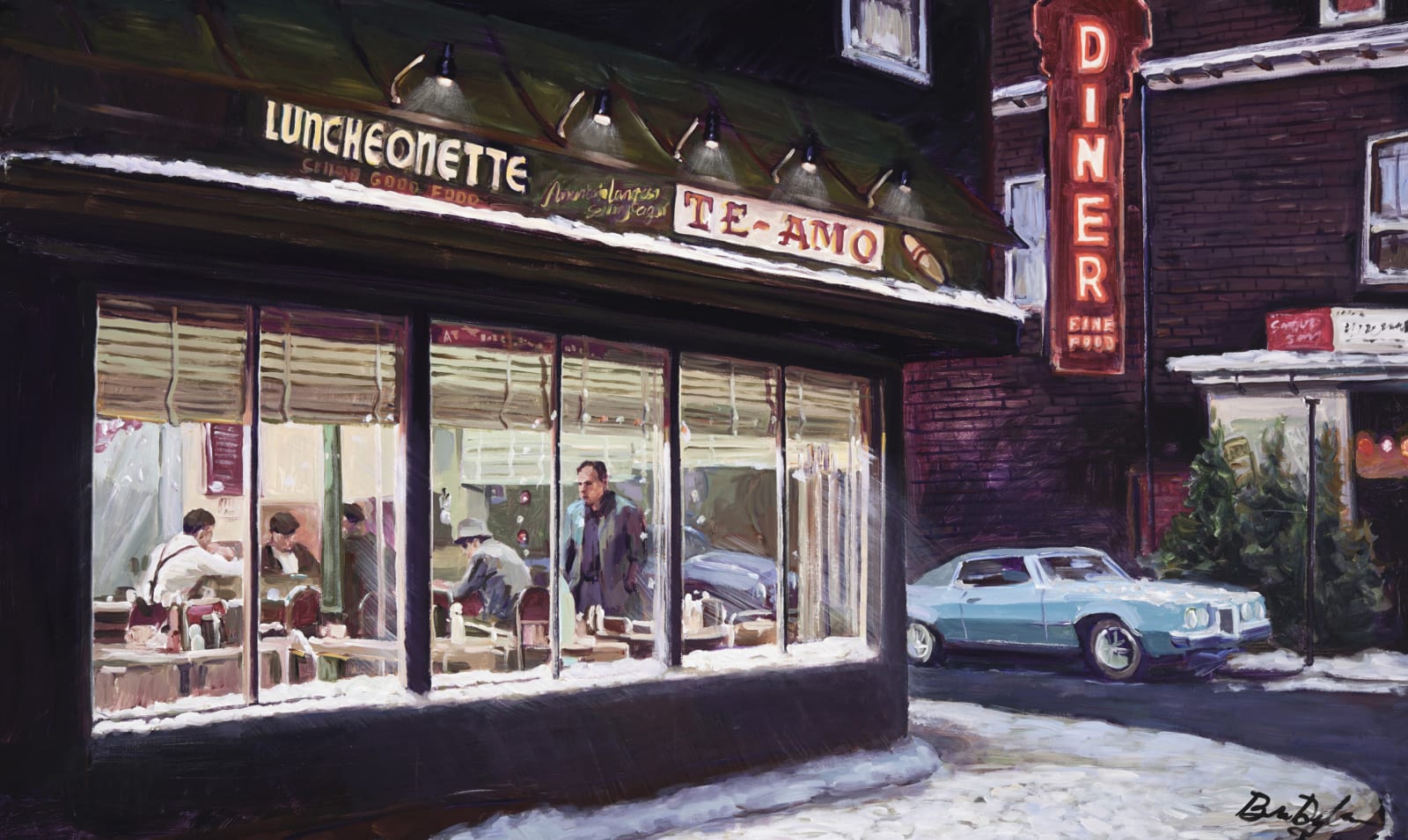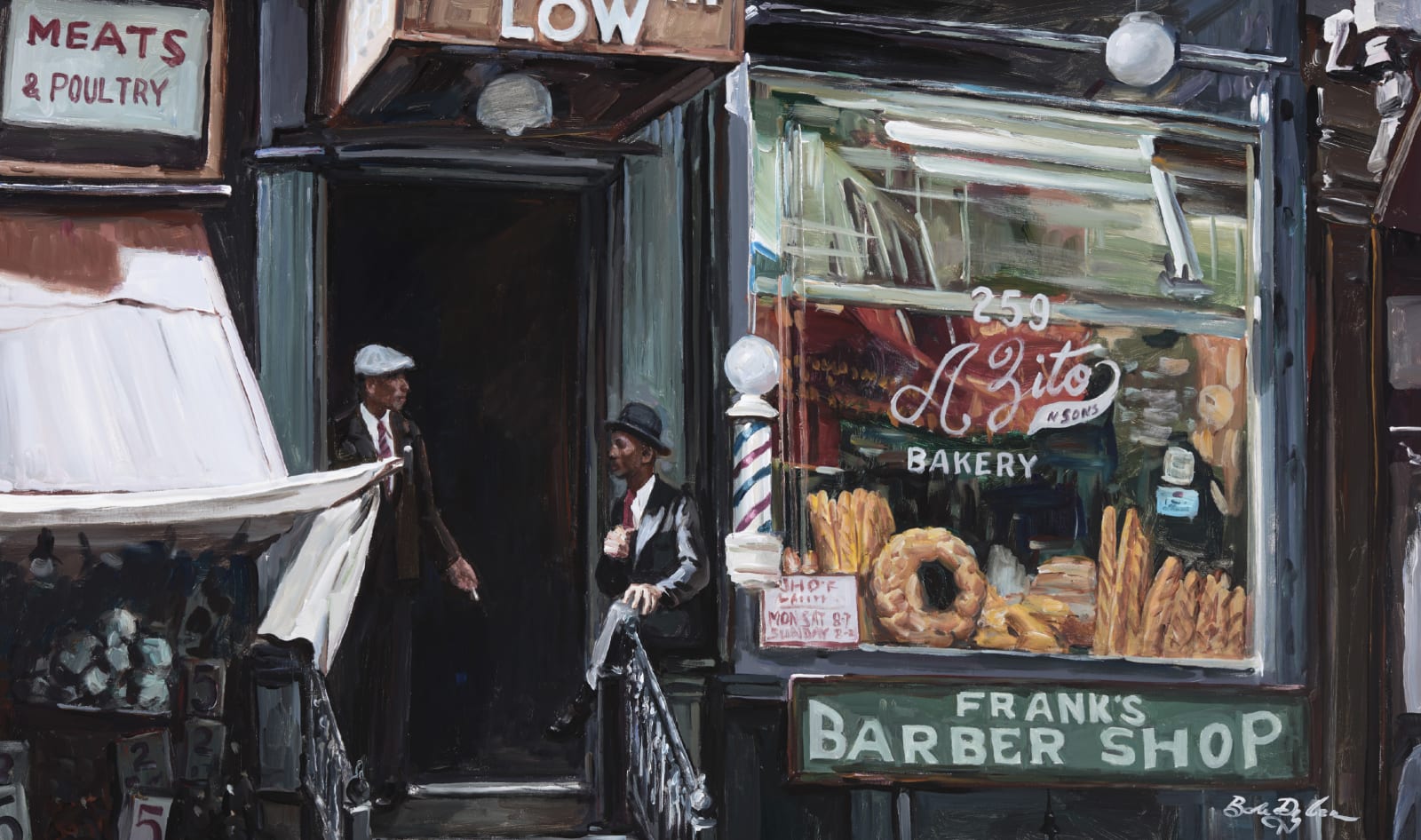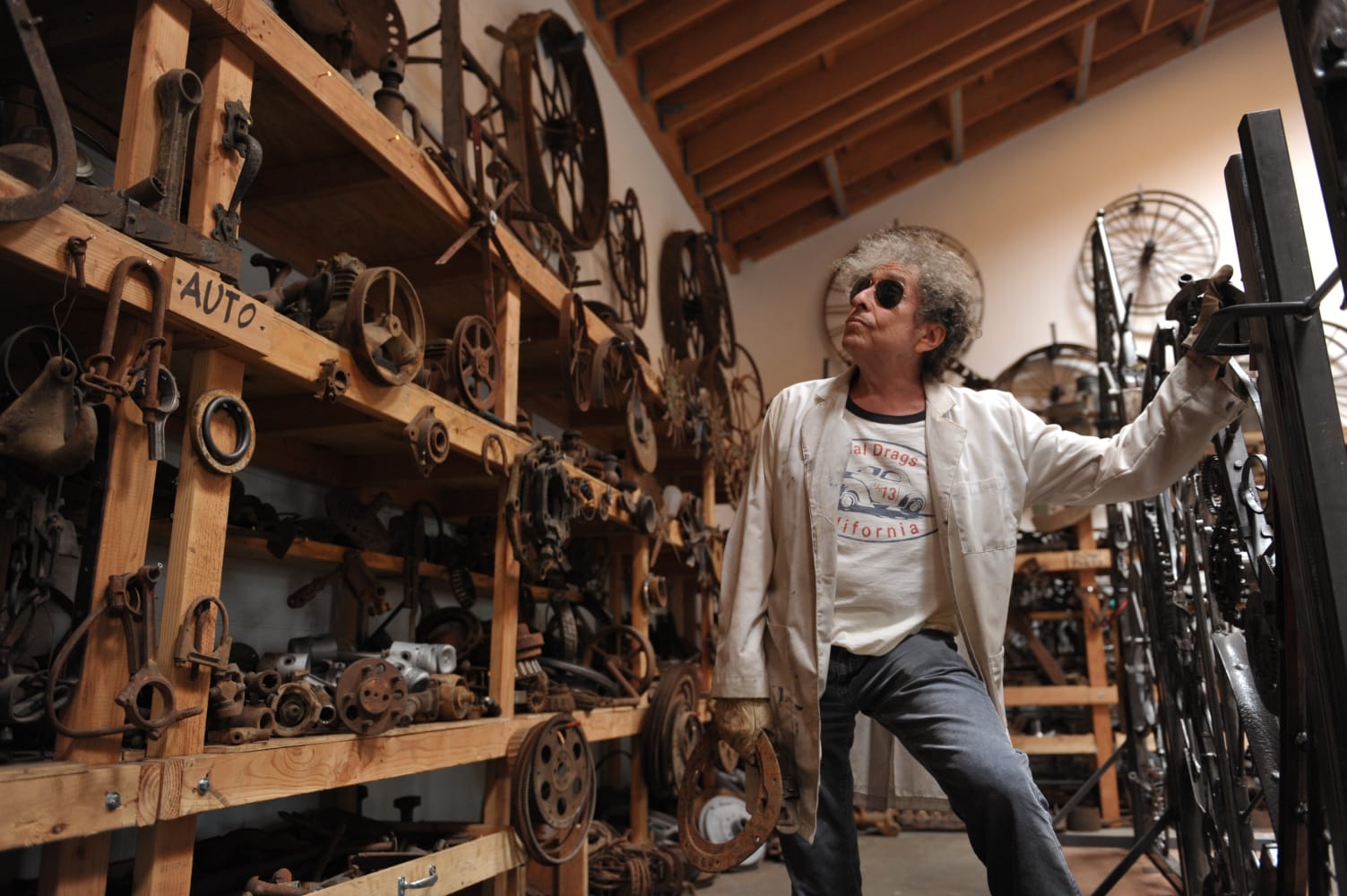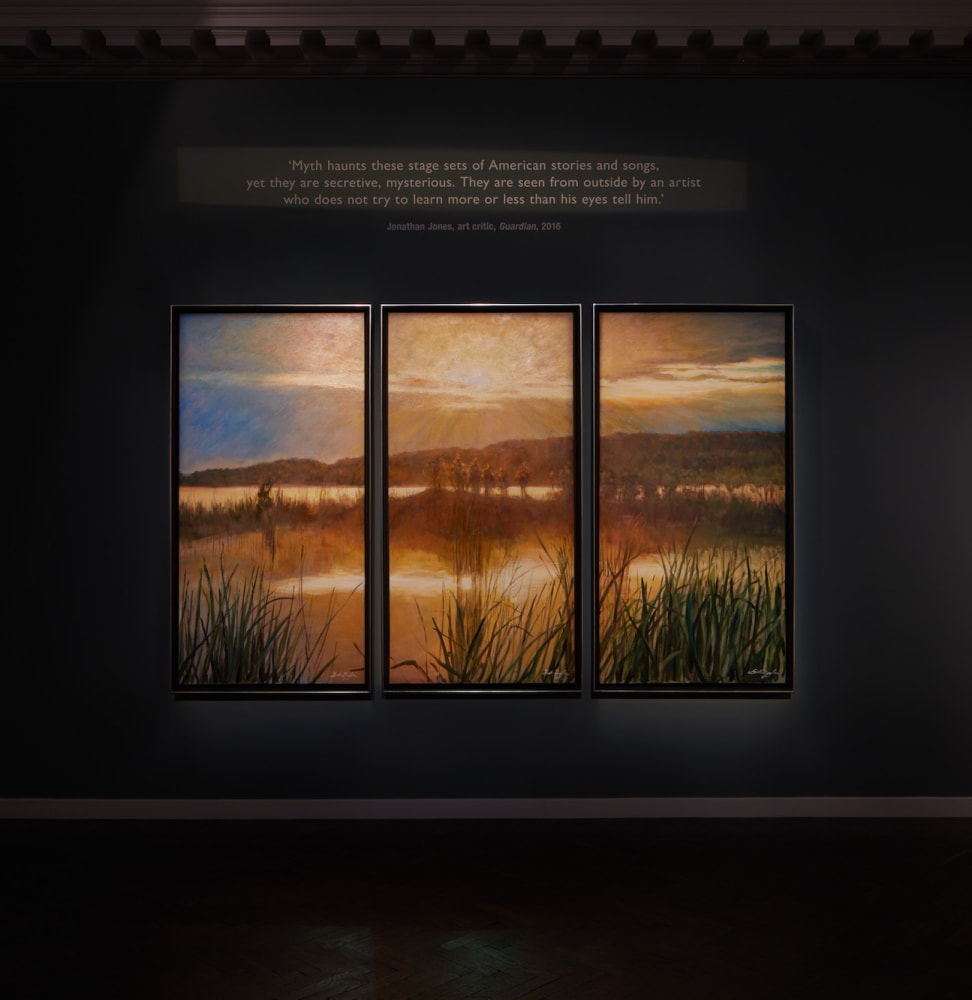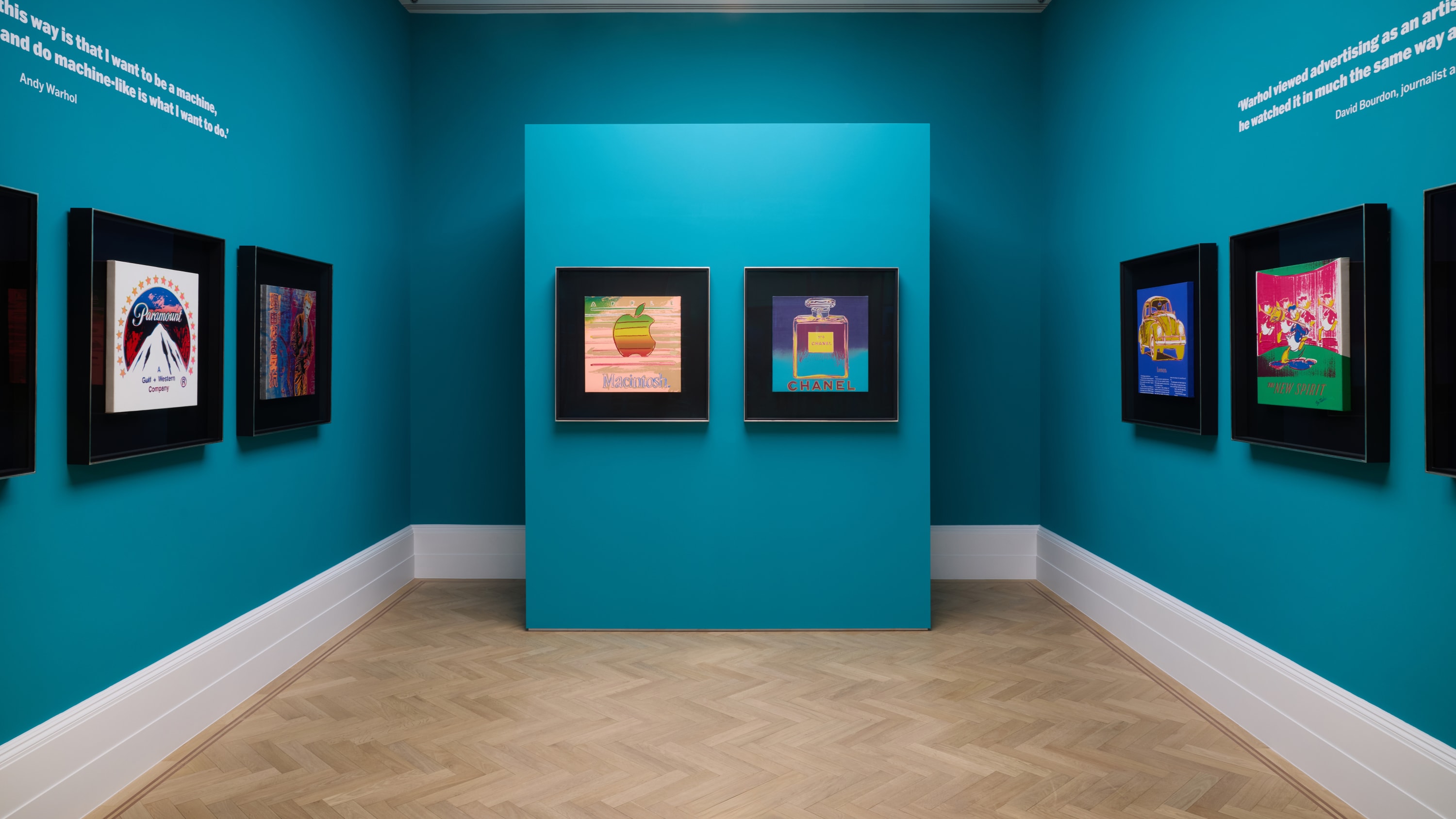

Andy Warhol
Andy Warhol is one of the most celebrated artists of the 20th century and is credited with pioneering the Pop Art movement. Warhol’s art challenged traditional distinctions between high and low culture with a selection of objects of mass consumption and prosaic advertising imagery. Informed by his roots as a commercial illustrator for fashion brands and magazines, Warhol was conscious of the ubiquitous nature of the imagery found in magazines and newspapers and the profound impact printed media had upon society and culture. In turn, Warhol possessed the acute ability to recognise people, characters and objects that were emblematic of the American Dream. He extracted these totems that found place in popular culture as well as the average American household, and immortalised their likeness in the realm of fine art.
Borrowing from the world of commercial printing, Warhol started using the screenprinting method in 1962. The medium opened a new world of artistic expression for him, one that facilitated speed, repetition and experimentation. Throughout his career, Warhol continuously employed and pushed the boundaries of screenprinting while creating some of the most iconic imagery of the 20th century, such as his Campbell’s Soup cans and portraits of Queen Elizabeth II. For Warhol, creating a series of multiple images suggested desirability, as an image could be desired by more than one person. As he himself proclaimed, ‘Repetition adds to reputation.’ Warhol was highly aware of the growing commodification and commercialisation present in American culture, and in turn created artworks that held a mirror up to a society that valued wealth, fame, and objects of status.
If you are interested in adding to your collection, speak to one of our art consultants now - email us at info@halcyongallery.com

